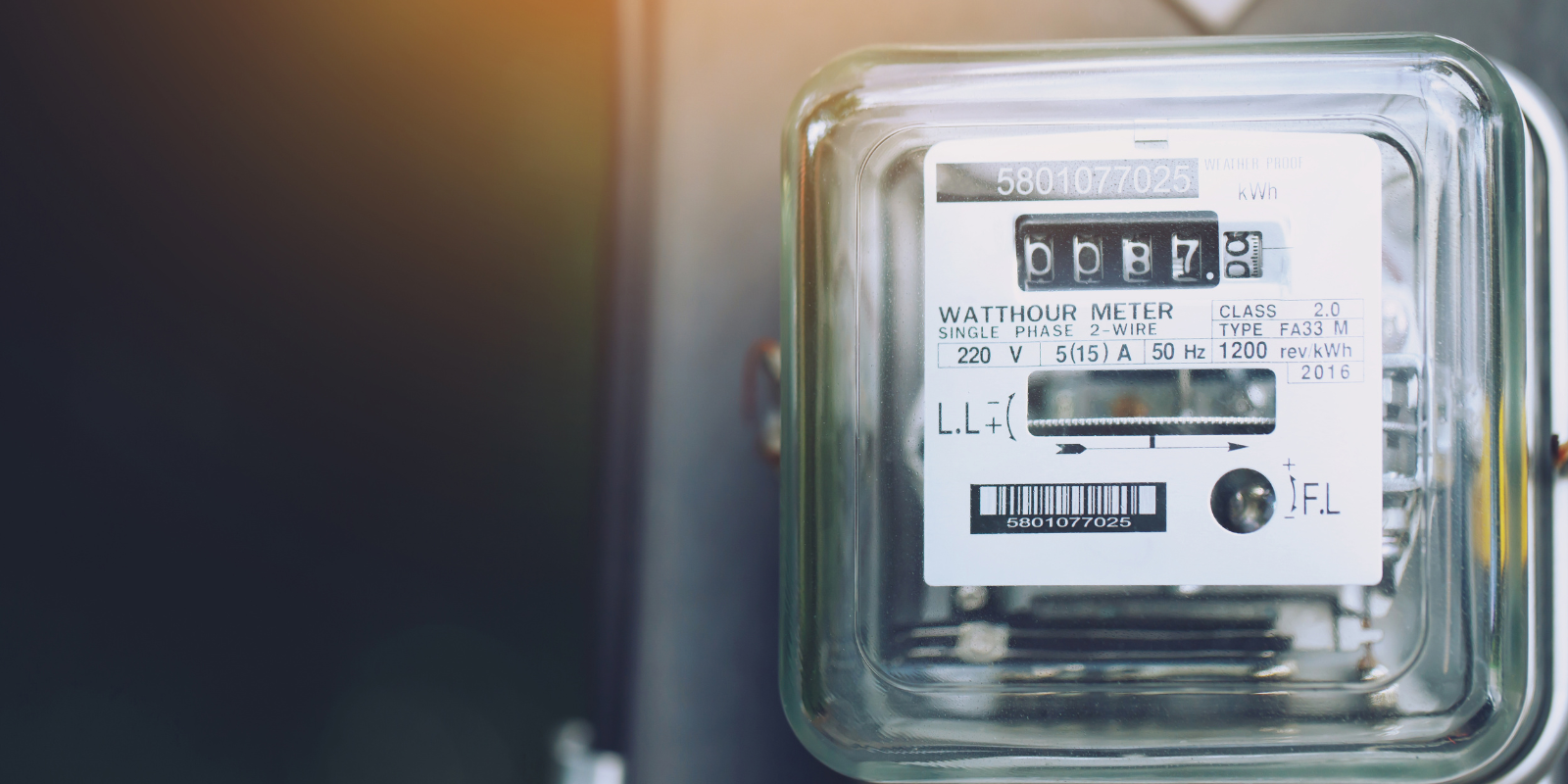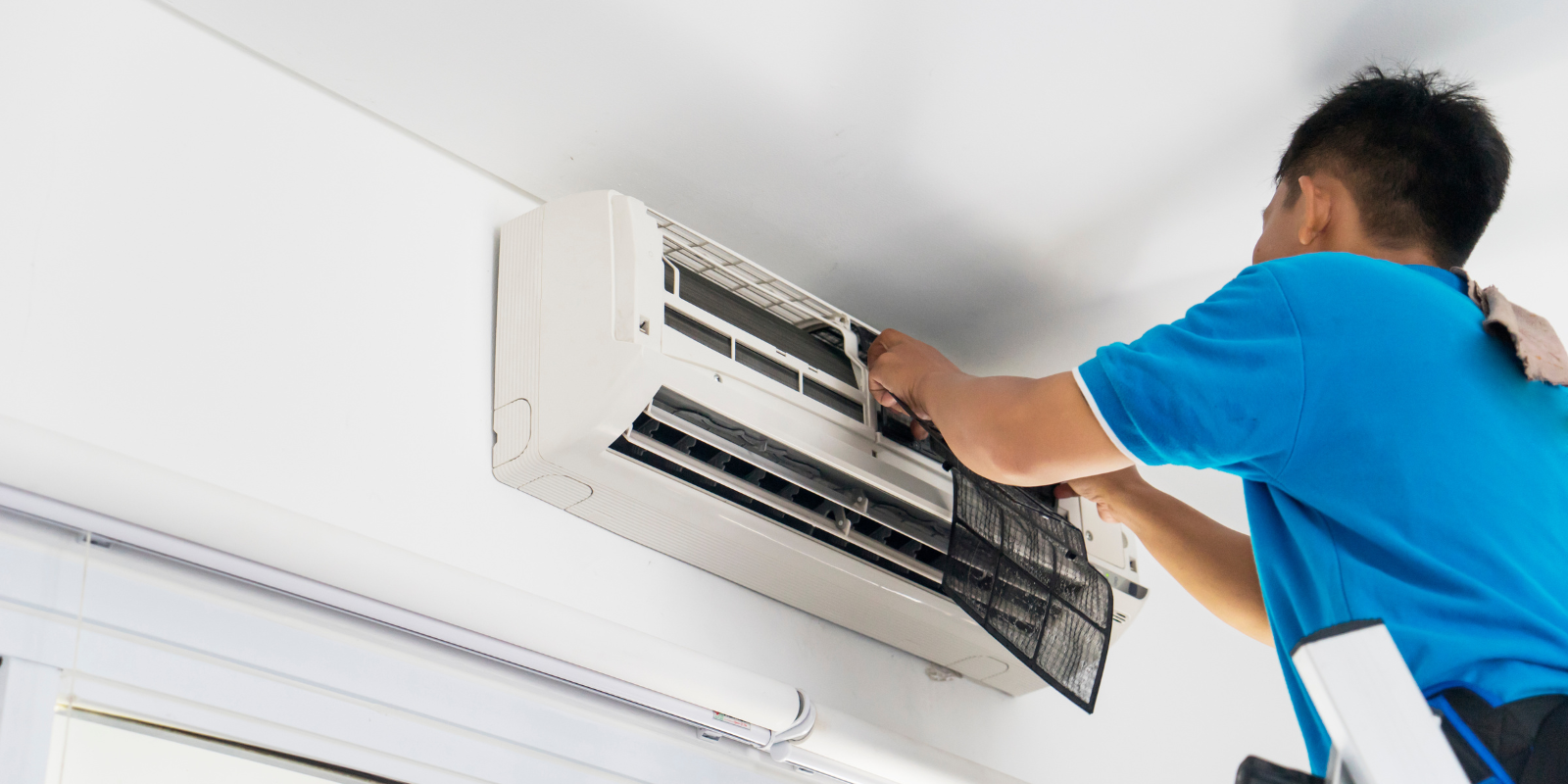
As energy costs rise and summer temperatures climb, many homeowners are left staring at sky-high electricity bills and wondering what went wrong. You might think the culprit is just the heat—or that your air conditioning system is working overtime because it’s “doing its job.” But in reality, the biggest drain on your energy bill isn’t how much you use your AC. It’s how you’re using it.
One of the most common and costly habits is frequently turning your air conditioner on and off throughout the day. It feels intuitive—“if I’m leaving for a few hours, why not shut it off and save energy?” But this approach actually does more harm than good, and here’s why.
Understanding HVAC Load Cycles
Your air conditioning system operates in cycles. When it turns on, it goes through a startup process, runs a cooling cycle to reach the desired temperature, then shuts off until the temperature rises again. But each startup is the most energy-intensive part of the process.
Think of it like a car. Starting and stopping repeatedly in traffic burns more fuel than cruising at a steady speed on the highway. Your AC system is no different.
The Hidden Costs of Frequently Turning Off Your AC
Here’s what actually happens when you switch your system off and on several times a day:
1. Start-Up Power Spikes
AC systems use the most electricity at startup. The compressor draws a large surge of energy to get going—often up to 5–7x more power than it needs while running steadily. So, every time you turn it back on, you’re burning more power than you think.
2. Heat Reaccumulation in the Home
When the system is off for a few hours, the temperature inside the house rises significantly—especially in warmer weather. Walls, floors, and furniture absorb heat and radiate it back into the air. When the AC kicks back on, it must work harder and longer to remove this excess heat, defeating the idea that you “saved energy” by turning it off.
3. Humidity Control Failure
In humid climates like New York, your AC does more than cool the air—it regulates indoor humidity. Short cycling or shutting off the system lets humidity creep back in. High humidity makes the space feel warmer than it is, which often leads people to lower the thermostat even further—resulting in more energy use and wear.
4. Excess Wear and Tear
Constant cycling puts unnecessary stress on system components, especially the compressor, capacitor, and fan motors. This leads to premature breakdowns, inefficient cooling, and higher maintenance costs—another hit to your wallet.
“But I Don’t Want to Cool an Empty House…”
Totally valid. But turning the system off completely isn’t the answer. The smarter move is setting the thermostat higher—not off—while you’re away.
If you’re typically comfortable at 72°F, bump it to 78°F–80°F when you’re gone. This reduces runtime without forcing the system to restart from zero every time.
And if you want to automate this? That’s where a programmable or smart thermostat comes in.
How a Smart Thermostat Saves You Money
Smart thermostats like Nest, Ecobee, or Honeywell allow you to:
- Create schedules based on your real routine
- Adjust temperature remotely
- Use motion sensors or geofencing to raise/lower temps when no one’s home
- Track energy usage patterns to optimize performance
According to the U.S. Department of Energy, properly using a programmable thermostat can save up to 10% per year on heating and cooling costs. For most households, that’s hundreds of dollars annually.
Other Hidden AC Energy Drains
Turning your AC on and off isn’t the only mistake that’s hurting your efficiency. Here are a few other issues we see often:
Dirty Air Filters
Clogged filters force your system to work harder to push air through. This reduces airflow, strains components, and adds to your energy bill.
Leaky Ductwork
In many homes, up to 30% of cooled air is lost through leaks in the ducts. That means you’re paying to cool your attic or basement.
Poor Insulation or Sealing
If your home lacks proper insulation or has unsealed windows/doors, your cooled air escapes—and your AC runs longer to compensate.
Oversized HVAC System
Bigger isn’t better. An oversized system short-cycles, cools too quickly, and shuts off before it can remove humidity—creating a clammy, uncomfortable home and driving up costs. (We wrote a whole blog about this here.)
So What’s the Fix?
To lower your energy bill and improve comfort, you need a comprehensive approach:
1. Stop the on-off habit.
Set your thermostat higher during off-hours or when away—don’t shut it down completely.
2. Install a smart thermostat.
Automated scheduling can do the thinking for you—and you’ll save more without lifting a finger.
3. Schedule regular maintenance.
A tune-up before peak season ensures your system is running efficiently and helps catch small issues before they turn into big bills.
4. Improve your home envelope.
Air sealing and insulation upgrades make a huge difference in reducing AC load and energy costs.
Final Thoughts
Turning your AC on and off to “save money” feels logical—but it’s one of the most expensive HVAC habits out there. It increases your energy use, wears out your system faster, and does nothing to improve comfort.
If your summer bills have been creeping up, it might be time to rethink how your system is being used—and whether it’s running as efficiently as it could be.
Need help diagnosing what’s driving your energy costs?
Schedule an HVAC performance



